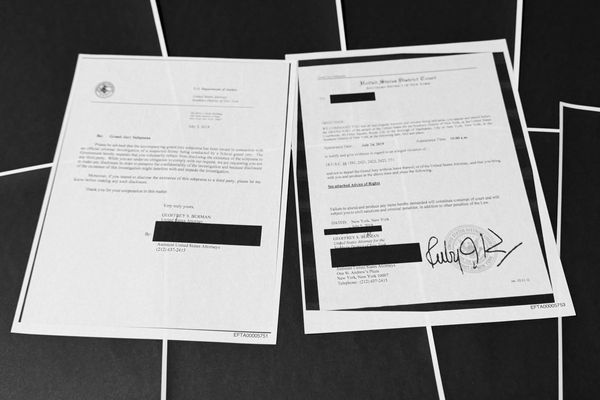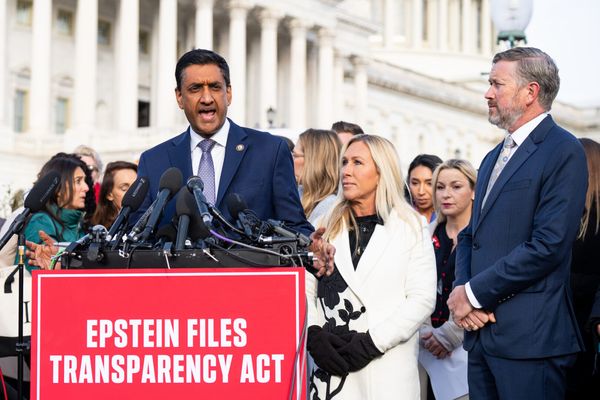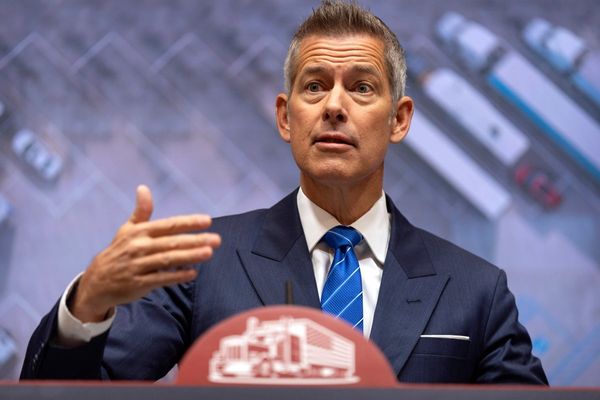Just six months after Donald Trump’s return to the presidency in the United States, it feels like there has been a sharp break with America’s post-war diplomatic legacy.
The Trump administration has been steadily making announcements that upset the established order, including reviving a proposal to purchase Greenland without ruling out military action. American officials have publicly spread pro-Russian narratives and escalated protectionism by introducing tariffs, often announced unilaterally and suddenly, but fluctuate according to the president’s moods.
What do these developments tell us about the American ability to structure the international order in light of the fact that the U.S. has been the dominant player in the global system in recent decades?
As a researcher at ENAP specializing in international relations theory, I believe that it marks a significant step in the emergence of counter-hegemonic powers and, by extension, that it signals a weakening of American power.
Decline that is nothing new
Many see Trump administration’s recent choices as a sign of the “beginning of the end” of American hegemony. But there is nothing new about this discourse.
The idea of a U.S. decline has been circulating regularly in academic and strategic circles since the Cold War. As early as the 1980s, British scholar Susan Strange challenged this “declinist” view, insisting that the true strength of the U.S. lay not just in its economic or military power, but in its central role within major international institutions and strategic alliances.
It was this structuring role — rather than material superiority alone — that guaranteed its dominant position on the world stage. After the end of the Cold War, the question of decline was largely set aside: French Minister Hubert Védrine declared the U.S. a “hyperpower” for the way it concentrated all the means of global domination.
But since the mid-2000s, the debate on the decline of American hegemony has returned with a vengeance, fuelled by the rise of countries such as China, Russia, India, Brazil, Iran and South Africa.
However, since then no consensus has emerged within the academic community about the nature of the international system (unipolar, bipolar, or even multipolar).
Liberal hegemony
American hegemony has been weakened in certain regions of the world. Political science professors Douglas Lemke of Pennsylvania State University and Suzanne Werner of Emory University have shown this in their work on regional systems. However, none of the candidates for counter-hegemony (China, India, Japan or even the European Union) have so far managed to match the U.S. on one key point: its ability to forge strong and lasting alliances and occupy a central position in major international organizations.
This role of conductor, which goes beyond the simple accumulation of material power, echoes Strange’s reflections on “structural power.”
This aligns closely with research by Daniel Nexon, professor at Georgetown University, and Thomas Wright, director of the U.S.-Europe Center at the Brookings Institution. They distinguish between two main types of hegemony:
Classical or imperial hegemony is based on coercion, threats and unbalanced bilateral relations. A country with this type of hegemony imposes its preferences without submitting to shared rules.
Liberal hegemony is based on shared and binding institutions, to which even the dominant power agrees to submit in exchange for more stable and legitimate co-operation.
From this perspective, the U.S-led international order since 1945 clearly falls under the second model.
During the Cold War, its hegemony was exercised mainly in the western world. But after the fall of the Soviet bloc, this influence spread globally. The U.S. came to embody a form of institutional hegemony, supported by networks of alliances like NATO and the G7 and multilateral institutions that include the United Nations, the International Monetary Fund and the World Trade Organization.
This made American domination more acceptable, less brutal, and above all more difficult to compete with. Even though the American position was weakened in certain areas, it remained central because it guaranteed stability and predictability that its rivals — including China and Russia, who favoured a more coercive approach — could not offer.
It was precisely this liberal/constitutional model of hegemony that slowed the emergence of real global counterpowers.
Trump 2.0: The return unfiltered hegemony
Through its numerous statements and decisions, the Trump administration is breaking with the liberal hegemony that has structured the international order for decades.
In its place, a more authoritarian, unilateral stance is emerging, close to what researchers call classic hegemony. This change is clear enough that some analysts consider certain developments worrisome.
Olivier Schmitt, professor and specialist of alliances at the Royal Danish Defence College, raised the possibility a few months ago of a “Warsawization” of NATO, a scenario in which Washington would transform the organization into a kind of counterpart to the Warsaw Pact, with a rigid and asymmetrical structure based on fear rather than co-operation.
This return to a form of coercive hegemony is problematic because it’s based on a very short-term view of international relations.
Unlike China or Russia, which both apply a form of authoritarian hegemony but with a certain strategic consistency and predictability, the Trump administration acts as if international relations were a non-iterative game, in the sense of game theory — in other words, a game in which refusing to co-operate is the most winning strategy.
It adopts a strategy where each move is played without concern for future retaliation or the long-term impact on its reputation. However, other countries and partners remember and adjust their behaviour based on precedents.
By acting in this way, the U.S. projects the image of an opportunistic and unstable entity whose commitments no longer have lasting value. This change in posture erodes trust and undermines the stabilizing role that the U.S. had once successfully embodied.
Uncertainty that fuels mistrust
Europe and some of its partners are embarking on what looks like a new “western schism,” positioning themselves as a liberal counter-model to Trump’s America. But the outcome of this dynamic will largely depend on the ability of Europeans to be agents of change rather than mere spectators.
Nevertheless, the conditions are now in place for the emergence of genuine counter-hegemonies. This dynamic will continue even if the Democrats return to power in 2029: the Trumpist interlude will have provided America’s allies with proof that an alliance with the U.S. is only reliable when the White House is Democratic, and that it immediately becomes precarious as soon as a Republican occupies it.
This uncertainty will fuel mistrust and push for the consolidation of counter-hegemonic strategies. Even a partial restoration of the liberal order will probably not be enough to stem the fragmentation of the international system that is already underway.
Furthermore, it should be noted that the Trump administration is only just beginning its term: unless there is a reversal in the midterm elections in November 2026, it will still have considerable margin for manoeuvre until January 2029. In other words, the current trajectory is likely to continue.
In this sense, Trump’s second term does not simply mark a shift, but a lasting break. The slogan “Make America Great Again” now seems even more misguided: instead of restoring American power, this policy is accelerating its decline.
Laurent Borzillo is secretary general of the French association Forum de défense et de stratégie. He was awarded the FRQ's PBEEE postdoctoral fellowship (2023-2024) and, in recent years, has been a co-recipient with various colleagues of grants from the French, German (DAAD), and Canadian governments for various projects on the politicization of defense issues, disinformation, elections in Europe, and the transatlantic security architecture.
This article was originally published on The Conversation. Read the original article.







